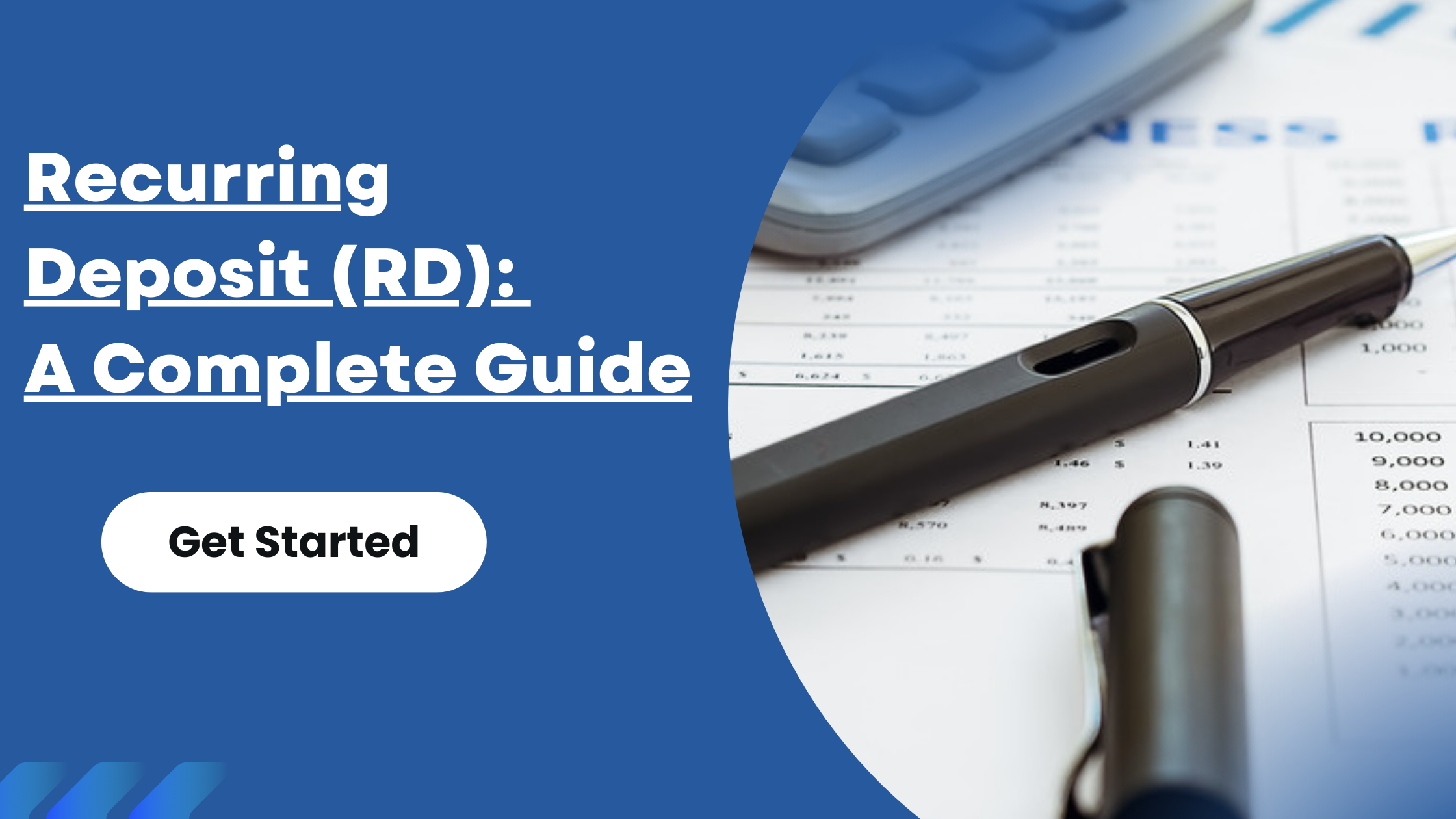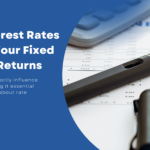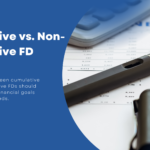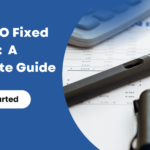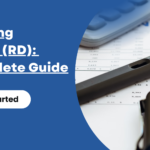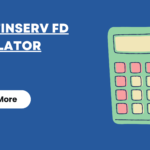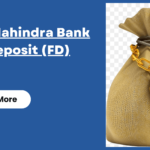A Recurring Deposit (RD) is a popular savings option offered by banks and financial institutions that allows individuals to deposit a fixed amount every month for a specific period. In return, the bank pays interest on the deposited amount, which is compounded periodically and paid out at the end of the RD tenure. RDs are ideal for individuals looking to build a disciplined savings habit while earning steady returns.
Key Features of a Recurring Deposit (RD):
- Fixed Monthly Contributions:
In an RD, you commit to depositing a fixed sum of money every month. The deposit amount can vary depending on the bank but typically starts as low as ₹500. - Fixed Tenure:
RDs come with a pre-decided tenure, usually ranging from 6 months to 10 years. You select the tenure at the time of opening the RD, and once decided, it remains fixed throughout the period. - Guaranteed Returns:
The interest rate on an RD is fixed at the time of opening the account and does not change throughout the tenure. This provides guaranteed returns, making RDs a secure savings option. - Interest Rates:
The interest rates on RDs are generally the same as the rates offered on Fixed Deposits (FDs) by the bank. Senior citizens often receive a higher interest rate on their RD accounts. - Compounded Interest:
Interest on an RD is compounded quarterly and paid out at the time of maturity, along with the total deposit amount. - Flexible Tenures:
RD tenures are flexible, allowing you to choose from short-term to long-term options, depending on your financial goals. - Premature Withdrawal:
RDs can be closed before the maturity date, but premature withdrawal usually results in a lower interest rate and may also attract a penalty.
Advantages of Recurring Deposits (RD):
- Disciplined Savings:
RDs encourage a habit of regular savings by requiring a fixed amount to be deposited monthly. This makes it easier for individuals to build a savings corpus over time. - Safe Investment:
Since RDs are offered by banks, they are considered a safe and risk-free investment. The principal and interest are guaranteed by the bank. - Flexible Tenure Options:
You can choose the tenure of the RD according to your financial goals, whether you need short-term liquidity or long-term savings. - Fixed Returns:
The interest rate on an RD is fixed, ensuring that you earn a predetermined return on your investment, regardless of market fluctuations. - No Lump Sum Investment Needed:
Unlike a Fixed Deposit where you need to invest a lump sum, RDs allow you to save small amounts monthly, making them accessible to a wider range of investors. - Loan Against RD:
Some banks offer loans against the RD account, where you can borrow up to 90% of the total RD amount without closing the account.
Disadvantages of Recurring Deposits (RD):
- Lower Interest Rates than Market-Linked Investments:
While RDs offer guaranteed returns, the interest rates are generally lower compared to other investment options like mutual funds or equities. - Taxable Interest:
The interest earned on an RD is fully taxable as per your income tax slab. Banks may deduct TDS (Tax Deducted at Source) if the interest exceeds a certain threshold. - Penalty for Missing Payments:
If you miss a monthly payment, banks may charge a penalty. In some cases, repeated defaults may result in the RD being closed prematurely. - Premature Withdrawal Penalty:
Closing the RD before maturity usually incurs a penalty, and the interest rate applied may be lower than the originally agreed-upon rate.
How to Open a Recurring Deposit Account:
- Visit the Bank or Online Banking:
You can open an RD account by visiting your bank’s branch or through the bank’s online banking portal. - Select the Deposit Amount:
Choose the amount you wish to deposit every month. Most banks have a minimum limit, typically around ₹500 to ₹1,000. - Choose the Tenure:
Decide the tenure of the RD. Tenures typically range from 6 months to 10 years. - Set Up Standing Instructions:
To avoid missing monthly deposits, you can set up standing instructions with your bank, so the amount is automatically deducted from your savings or current account.
Who Should Invest in a Recurring Deposit?
- Salaried Individuals:
RDs are perfect for individuals with regular monthly income who want to build a savings corpus over time without committing a large sum upfront. - Risk-Averse Investors:
If you’re looking for a secure investment option with guaranteed returns, RDs are a good choice since they are not subject to market risks. - Short-Term and Long-Term Savers:
Whether you have short-term financial goals like a vacation or long-term goals like purchasing a home, RDs allow you to save steadily over a flexible tenure.
Conclusion:
A Recurring Deposit (RD) is a great option for individuals who want to cultivate a disciplined savings habit while earning guaranteed returns. With its flexibility in tenure, fixed monthly contributions, and safe investment nature, an RD is suitable for those who prefer a risk-free approach to growing their savings over time. However, it is important to consider the tax implications on interest and the penalties for premature withdrawal or missed payments.
